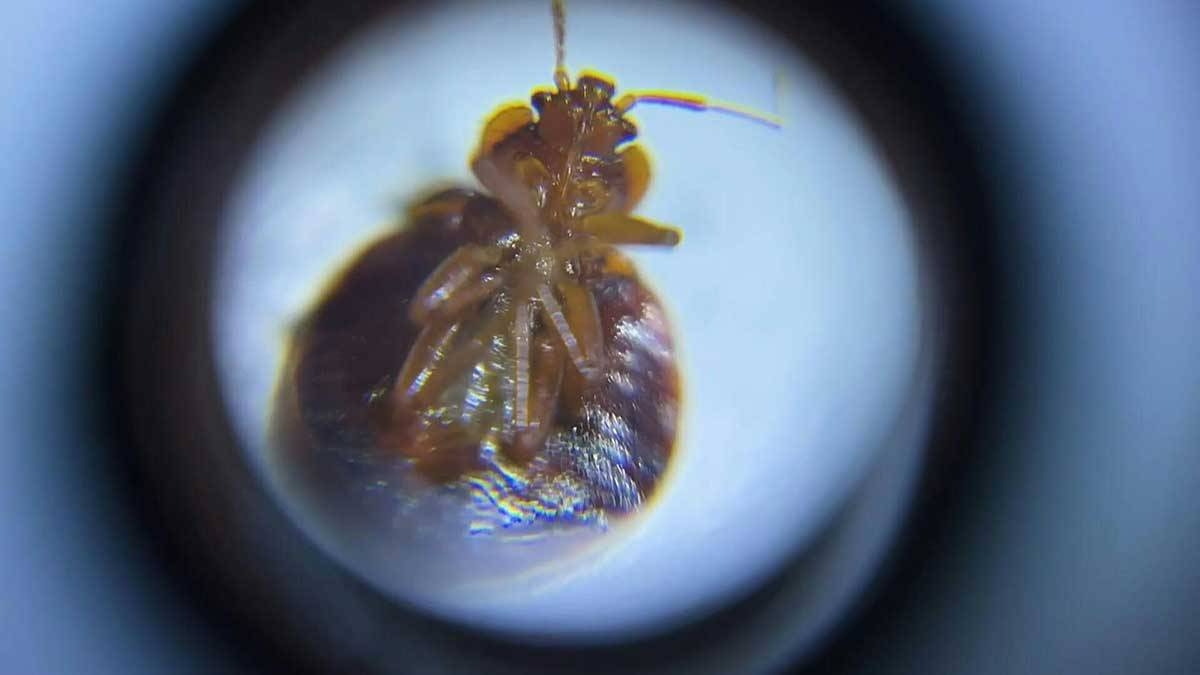The Department of Science and Technology (DOST) Addresses Bed Bug Infestation in Public Facilities
The recent bed bug infestation of wooden and metal furniture in some public facilities has prompted the Department of Science and Technology (DOST) to develop solutions to combat this issue. The DOST aims to improve the conditions of furniture made from indigenous materials, such as rattan, to prevent bed bug infestations.
Clarifying Misconceptions about Rattan Furniture
There may be apprehension towards using rattan and other non-timber forest products (NTFP) for furniture due to the news of bed bug infestations. However, Rico Cabangon, a DOST official from the Forest Products Research and Development Institute (DOST-FPRDI), clarifies that technologies and methods are available to prolong the service life of rattan furniture.
Cabangon explains that bed bugs are attracted to the woven pattern of wicker furniture, such as rattan, and not the material itself. He further emphasizes that bed bugs can thrive in items with tiny cracks and crevices, regardless of the material used, whether it be rattan, metal, cloth, or concrete. In addition to bed bugs, rattan furniture can also be susceptible to biodeterioration agents like fungi, termites, and powder-post beetles.
“Rattan is one of the leading raw materials used in furniture and handicraft products. It is often combined with metals and wood to enhance its aesthetic appeal. Like any lignocellulosic material, rattan furniture and handicrafts are prone to attacks from biodeterioration agents. Proper maintenance is key to using indigenous materials like rattan,” Cabangon explains.
Research and Development Efforts by DOST-FPRDI
The DOST-FPRDI has conducted extensive research to protect NTFPs against biodeterioration agents throughout various stages, including processing, storage, and transit.
One method involves applying wood preservatives to freshly cut and conditioned materials. This helps prevent the growth of biodeterioration agents. Another approach is the use of nonchemical control methods, such as kiln drying, to achieve low moisture content and ensure proper drying of raw materials.
The institute is also exploring eco-friendly ways to safeguard wood and NTFPs, one of which is through thermal modification. DOST scientist Juanito Jimenez explains that thermal modification involves using high heat to change the chemical composition of wood, making it more durable, weather-proof, and less appetizing to termites.
Recommendations for Prolonging the Service Life of Treated Materials
The DOST-FPRDI recommends minimizing the exposure of treated materials to prolonged wetting to extend their service life. This means protecting them from excessive moisture, which can lead to the growth of biodeterioration agents.
By implementing these research-backed methods and recommendations, the DOST aims to address the issue of bed bug infestations in public facilities and ensure the prolonged service life of furniture made from indigenous materials like rattan.







